Danielle V. Minson — Raising the Bar
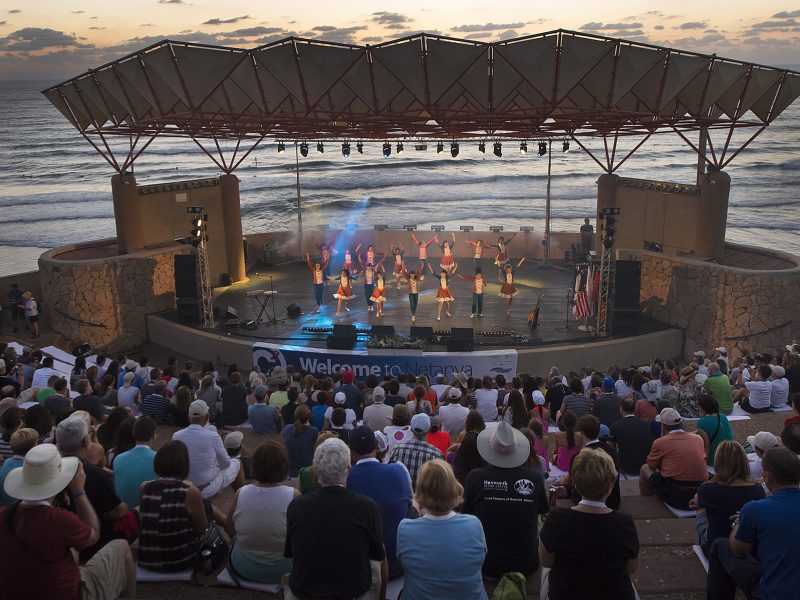
Creating Community 6,000 Miles Away From Home
Merriam-Webster defines community as “a unified body of individuals.” But as American Jews living in Cincinnati, we’ve come to understand the meaning of the word on many different levels. We have community within our congregations. We have community between our congregations, making up Jewish Cincinnati. And we have community as one Jewish people, united by the State of Israel.
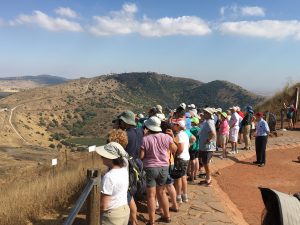
The 2016 Cincinnati Congregation and Community Israel Mission proved to all 508 of us who travelled together that these three layers of community are actually not separate at all. JFNA CEO Jerry Silverman noted the overlap in a recent interview with the American Israelite about the trip. “This is different, this is unique,” he said of our trip. “Synagogues empowered to build community is a beautiful idea.” Our mission’s closing speaker, former International Hillel Chair and visionary, Avraham Infeld, took it one step further with a beautiful speech about our shared connection to the State of Israel, which belongs collectively to the global community of Jewish people: those living in Israel, in America, and all over the world.
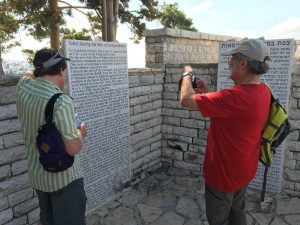
It’s no surprise then, that the 2016 Cincinnati Congregation and Community Israel Mission, from July 18 to July 28, 2016, brought the Cincinnati Jewish community to a new level of collaboration and connectedness. The rabbis of Cincinnati’s nine different local congregations, ranging from Humanistic, Reform, Conservative, and Orthodox, planned, promoted, and participated in the largest Israel mission in Cincinnati’s history. This is precedent setting because it could not have happened without historic levels of trust and shared vision among our city’s rabbis, congregations, and the leadership of the Jewish Federation and The Jewish Foundation.
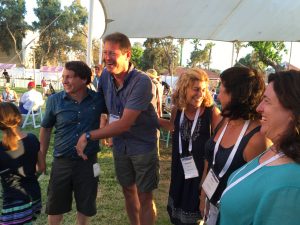
At every breakfast, most dinners, and at the three main community-wide events, trip participants were excited to catch up with members of other congregations. This was particularly evident at the community picnic dinner at Kibbutz Kfar Blum and at the amazing celebration in Netanya where we sang and danced the night away with 200 Israelis from our partnership city. Orthodox members of our community sat together with members of conservative and reform and humanistic congregations during our community-wide dinner, and they sang Hatikvah together at our closing event. People met people they had never met before, and together, they experienced a sense of inclusiveness, diversity, and community.
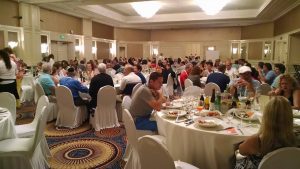
Like most good ideas, the idea for this congregational and community mission came from several sources. For years, the Jewish Federation and the local congregations have been looking for ways to ensure that congregational missions to Israel and Federation community missions don’t compete in negative ways. Primarily, we have tried to avoid overlapping dates. As both the Federation and The Foundation have looked for ways to collaborate with our congregations, we have looked for ways to recognize and even reward community members who invest their time and dollars in belonging to congregations. Because of the great collaboration with our Jewish Foundation, Federation leadership suggested that The Jewish Foundation of Cincinnati provide generous subsidies to those members of our congregations who were interested in going to Israel on this trip. The Federation and The Foundation recognize the importance of community members belonging to congregations, practicing Judaism as they like, and, of course, better understanding the role of the Federation as the community’s convener, planner, and umbrella fundraising organization. Both organizations also recognize that most donors to the Federation belong to congregations and most of Federation’s leaders belong to congregations.
This particular mission is the first to combine the best of congregational missions with the best of community, or Federation, missions. Many Cincinnatians prefer to experience the Jewish state together with their fellow congregational members, and, in particular, through their rabbis’ eyes. Therefore, each rabbi was given the opportunity to design an itinerary that would meet his or her goals of his or her movement or congregation.
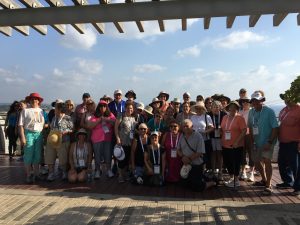
We know that participants also value seeing old friends and meeting new ones who are from different congregations and even different movements. They similarly enjoy high-level events like our mega-celebration in Netanya, our partnership city; speakers like Anat Hoffman and Ruth Calderon, who focused their presentations on religious freedom in Israel; and our closing event, which featured Avraham Infeld.
The Federation ensured that mission participants had the opportunity to visit individual programs that the Federation’s annual campaign supports in Israel. These programs included grassroots organizations that address change in the area of pluralism in Israel as well as the many impactful programs of the Jewish Agency for Israel and the American Joint Distribution Committee, Federation’s partner agencies in Israel.
Finally, because of the pluralistic nature of the trip, the rabbis created and convened an egalitarian prayer gathering on Shabbat at the plaza of the Kotel. The goal was to make a statement to the government of Israel that 500 Cincinnatians belonging to diverse congregations have the right to practice their Judaism and pray together at the Kotel in the Jewish State that is holy for all Jews everywhere.
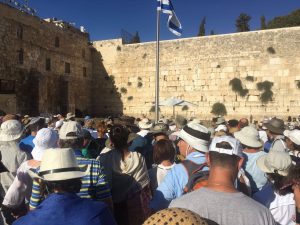
Federation is already working with local congregations to provide opportunities for participants to get more involved, whether it is with their individual congregations, with local Jewish agencies, or with the Federation. Many participants approached Federation staff during the mission to ask about different ways to get involved. Many gained a better understanding of the issues surrounding religious freedom in Israel. And all of them came back with a renewed sense of community—one “unified body” more personally connected with each other, with their congregations, with our Cincinnati Jewish community, and with Israel.

